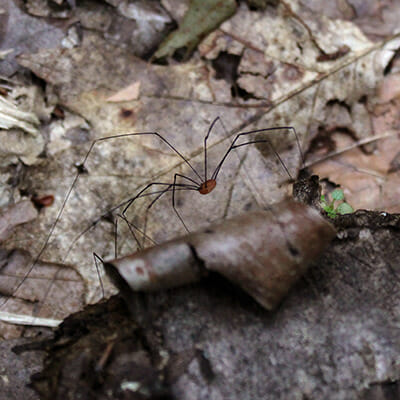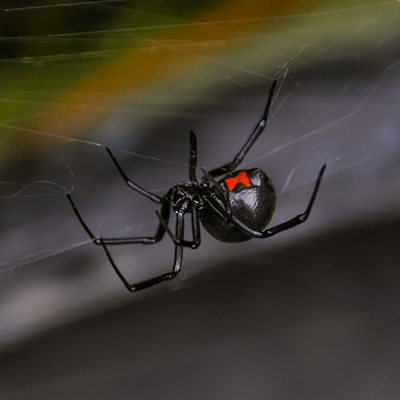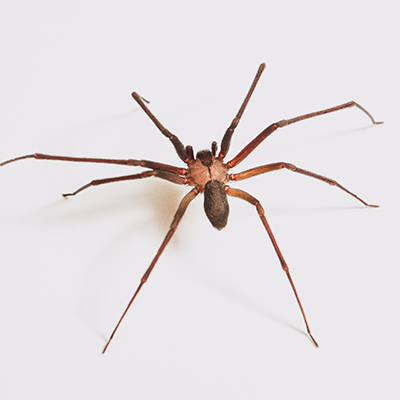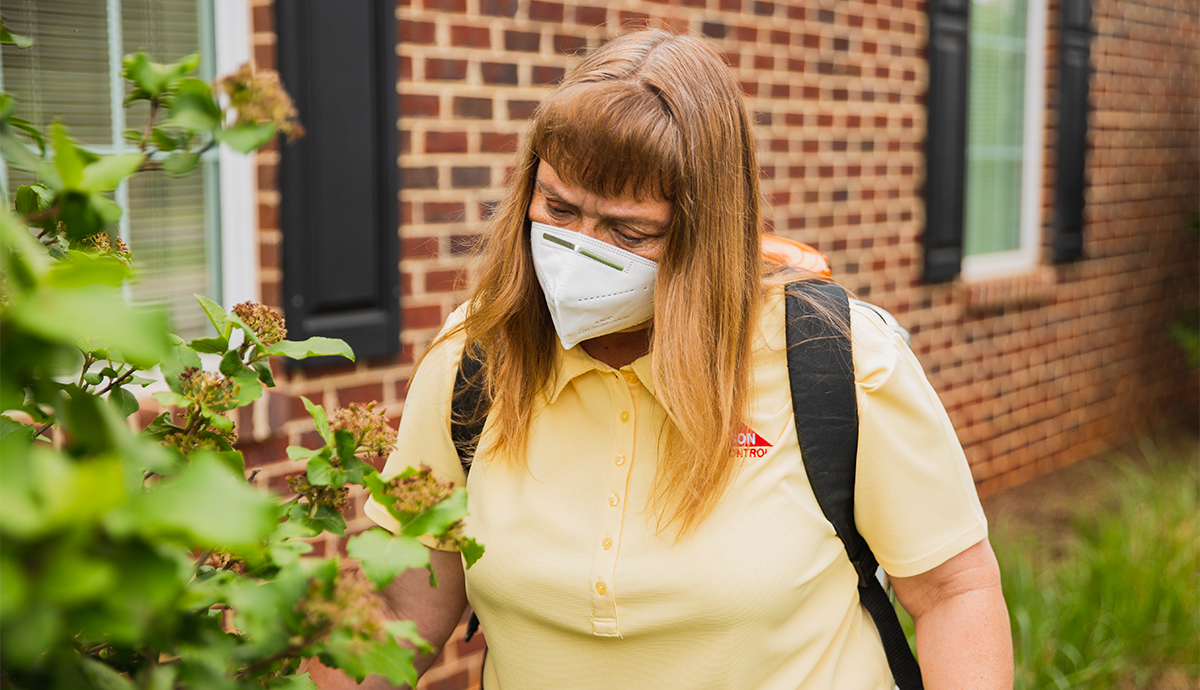Spiders are an essential part of our ecosystem – but that doesn’t mean they’re a welcome sight indoors. While we recommend leaving nonvenomous spiders alone if spotted outside, it’s understandable to explore options to get rid of spiders if you spot them in your home. If you’re looking to eliminate these pests from your home for good, you’ll want to consider what kind of spiders you’re dealing with, what treatment options are best for you, and how you can prevent future infestations.
Commercial and Residential Pest Control Services | Dodson Bros. Exterminating Co., Inc.
Identifying Types of Spiders
Not all spiders require the same types of treatment. If you notice more spiders around your house than usual, identifying the species is the first step you should take before attempting to eradicate them.
Common House Spiders
While your location will affect what types of spiders are most commonly found indoors, there are a few varieties that are prevalent across the United States.
American House Spider
House spiders are light brown and are usually less than half an inch long. These spiders are normally harmless, but they can be startling as they dart back and forth looking for insects to feast on.

Wolf Spider
Wolf spiders have many sub-species and can range in color from gray to brown and unlike other types of spiders, they don’t weave webs. Instead, they move quickly and hunt down their prey. These spiders aren’t usually as prevalent in homes, but they do tend to make nests in piles of leaves and other types of outdoor debris.

Daddy Long Legs
Daddy long legs are easily distinguished by their shape. They have one “piece” of their body that can be different shades of reddish brown or gray. As their name suggests, they have long, slender legs.

Find out more about the different types of spiders in the home
Common Poisonous Spiders
Before we explore treatment options, it’s important to note that several varieties of spiders are hazardous and can even be deadly.* If you think you may have a venomous spider variety in your home, call a pest control professional. Dealing with an infestation of poisonous spiders is dangerous and should be left to the experts. In the Southeast, there are two main varieties of spiders that are highly poisonous you should be aware of.
Black Widow
The black widow spider is one of the most infamous spider varieties in the United States. They are easily recognizable with their shiny black bodies and unique red hourglass shape on their abdomen. Though small, these spiders can inflict severe infections with just one bite. Symptoms of a black widow bite include feverishness, nausea, and pain at the bite and surrounding areas.

Brown Recluse
Brown recluse spiders are not native to the Northeast, but they can still be present around the home. These pests are harder to identify than the black widow, though they do have unique markings on their abdomens as well. Some experts compare the pattern on the back of a brown recluse to a violin. Symptoms of a brown recluse bite include a severe rash or blistering, fever, and nausea.

How to Prevent Spiders
Spiders are sneaky, and like other pest invaders, are small and able to fit through the smallest cracks and crevices leading into your home. However, there are still some preventative measures you can take to avoid a spider problem in the first place.
- Get rid of other pests in the home. Without a readily available food source, spiders cannot survive. If you notice an uptick in spider activity, you may have another insect issue on your hand that you simply haven’t noticed because the spiders are taking care of it for you. A regular maintenance planwith your local pest control company can help manage pests in and around your home.
- Control moisture levels. Many varieties of spiders are attracted to damp or moist environments. Setting up a dehumidifier to regulate moisture levels can help deter spiders and other insect pests.
- Make sure your home is properly sealed. Use caulk to seal any cracks or gaps that may provide an entryway to your home, paying close attention to your basement or crawl space if you have either.
- Keep a tidy home. Spiders are known to hide in dark, enclosed spaces like attics, closets, and basements. It’s common to find spiders in cardboard boxes placed in storage spaces that aren’t regularly disturbed. By making sure your belongings are properly stored, you can reduce the likelihood of a spider infestation. Consider using plastic totes to store items not in use, and make sure your containers are properly sealed.
- Try essential oils. Essential oils are lauded for their natural ability to deter pests, but there is little scientific evidence to back their effectiveness. However, in some instances, mixtures of eucalyptus, peppermint oil, and rosemary can act as a spider repellant. While this isn’t a sure-fire method to treat or prevent spiders, essential oils are generally safe, so long as they are properly diluted, and can make your home smell fresh and clean. You can use a diffuser or a spray bottle to apply your mixture.
- Be mindful of the outside of your home. Outdoor lights can attract a variety of pests, including spiders. Keep them turned off when you don’t need them. Spiders are also known to use woodpiles, tarps, and other outdoor equipment as hiding places, so keep everything stored far away from your home if possible.
Spider Treatment Options
Prep for Treatment
Before you begin treatment, you’ll want to have a clean home to work with. The two primary things you need to look for are spider webs and egg sacs. If you leave cobwebs behind, you may find that you perform a treatment only to encounter more spider invaders just days later. And if you miss an egg sac, dozens of young spiders may hatch and take over your home. Before you start treating for spiders, thoroughly vacuum your home, focusing on the corners and baseboards of each room.
DIY Methods
In some cases, DIY treatments can work, but they’re not recommended for severe infestations or when dealing with venomous spiders. Over-the-counter spider sprays and glue traps can be purchased from most home improvement stores, but they can be dangerous to use and aren’t always guaranteed to work. The pesticides available to the everyday consumer are not as potent as professional products, and spider traps will only work if properly set up and maintained.
Professional Pest Control
The best way to address an infestation is through professional spider control methods. Exterminators have the experience to identify problem areas and develop a treatment plan that will target the infestation at its source. Professionals have access to higher-quality insecticides that are designed to target arachnids. At Dodson Pest Control, our technicians are trained to evaluate your unique situation and walk you through treatment strategies step by step.
For a free inspection, contact us today!
*If you believe you have been bitten by a venomous spider, seek medical attention immediately. The information contained in this article should not be taken as medical advice for treating spider bites.

